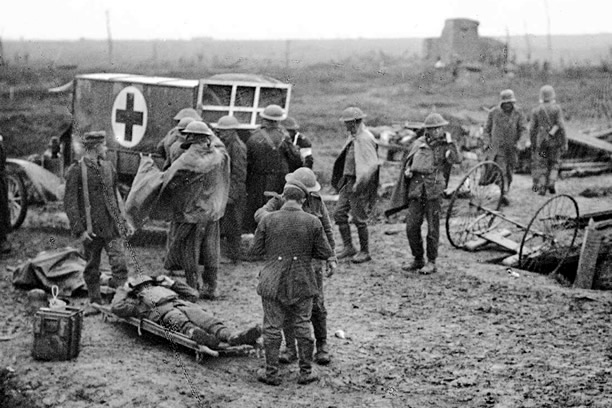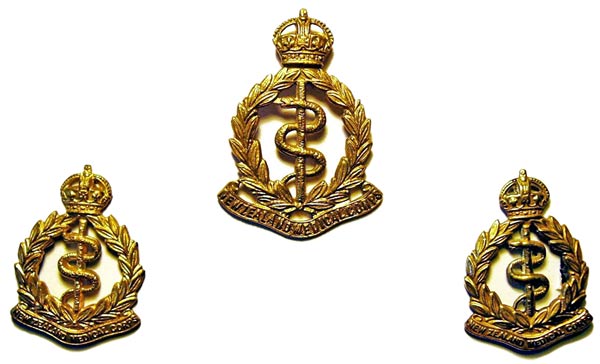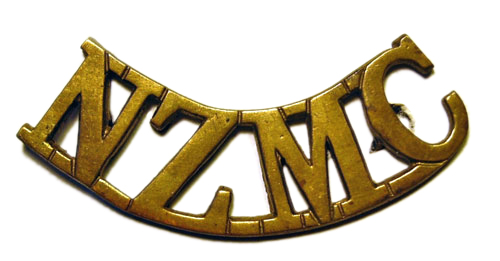
Field Ambulance
A Field Ambulance was not a vehicle but a front-line unit of around 250 personnel which treated men injured in battle. Stretcher bearers (including bandsmen) collected men from the battlefield and carried them to first-aid posts near the front lines, where they were treated by regimental medical officers. Those requiring further treatment were transported via casualty clearing stations to hospitals behind the lines.
A Field Ambulance company was attached to each New Zealand infantry brigade and the Mounted Rifles Brigade throughout the war.
Sanitary Section
The Sanitary Section, part of the New Zealand Medical Corps, was responsible for maintaining sanitary conditions at the bases and towns behind the lines, including ensuring the cleanliness of water, disposal of waste, and disinfection of clothing and blankets.
The New Zealand and Australian Division formed a sanitary section on Gallipoli in September 1915. This was disbanded when the Division returned to Egypt in December 1915.
A Divisional Sanitary Section was formed in February 1916 as part of the newly-created New Zealand Division, with one officer and 25 other ranks. It served with the New Zealand Division on the Western Front, and was disbanded in March 1919.
| Name | Unit attached to | Campaigns | Dates | Further information |
|---|---|---|---|---|
| Divisional Sanitary Section | New Zealand and Australian Division | Gallipoli, 1915 | September–December 1915 | |
| New Zealand Sanitary Section | New Zealand Division, February 1916–April 1917; thereafter under corps command | Western Front: Somme 1916 Messines 1917; Passchendaele 1917; Spring Offensive and Advance to Victory 1918. | Feb 1916–Mar 1919 |
Badges, shoulder titles and puggarees

Cap and collar badges: The rod of Aesculapius with an entwined serpent within a laurel-wreath surmounted by a crown, with a scroll below reading ‘New Zealand Medical Corps’. Motto: Semper agens – semper quietus (Always effective – always calm).

Shoulder title worn by the New Zealand Medical Corps.

Puggaree (hatband) worn by the New Zealand Medical Corps.
Further reading
Carbery, A.D., New Zealand Medical Service in the Great War 1914–1918 (Auckland: Whitcombe & Tombs, 1924)

Community contributions